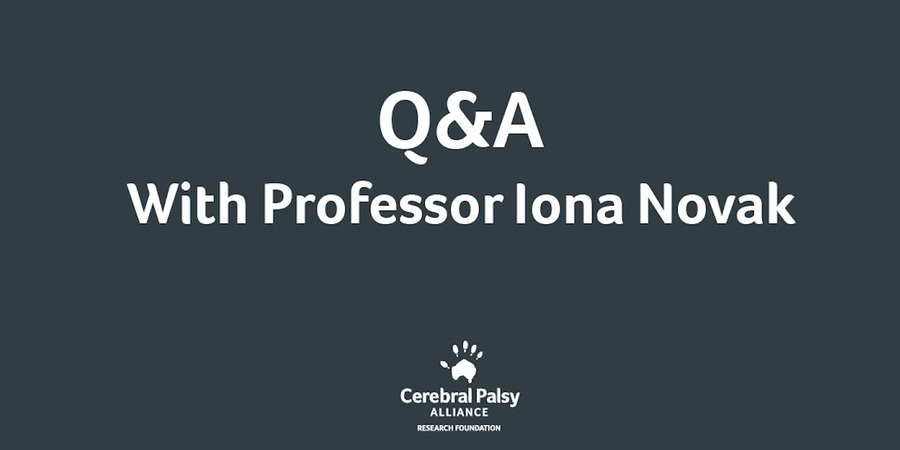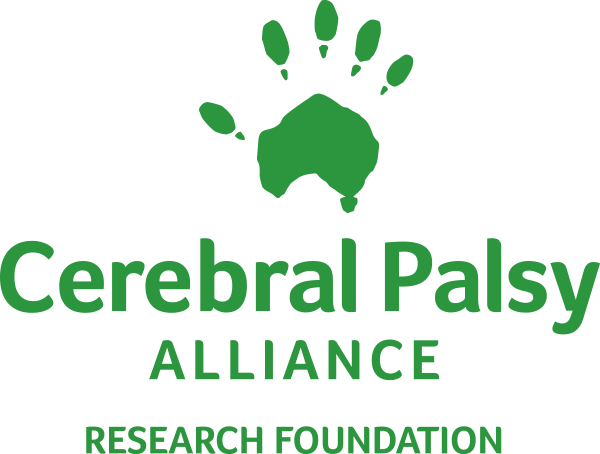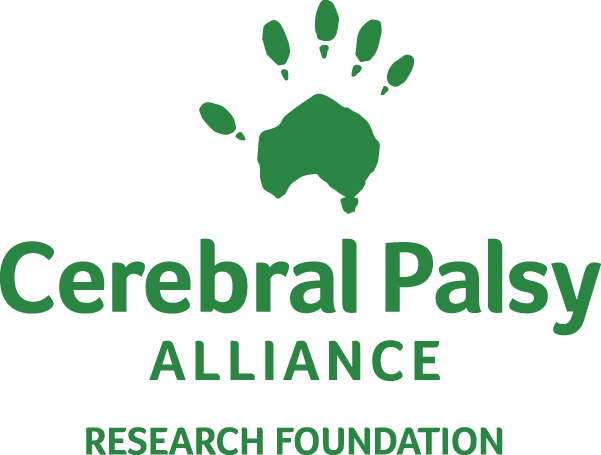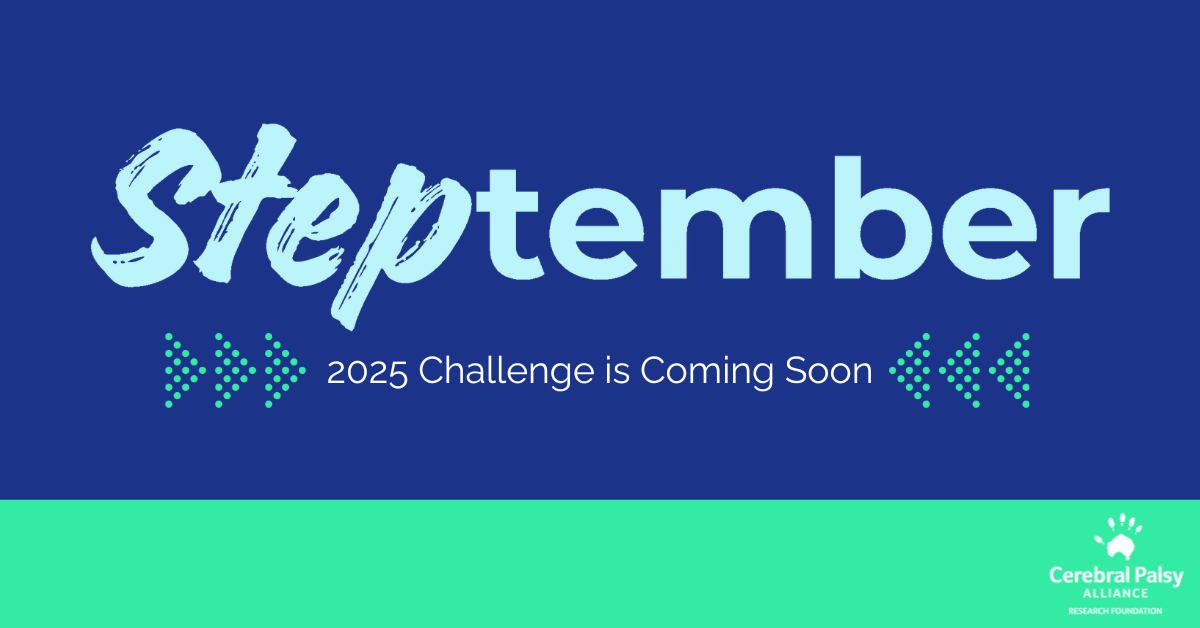
Question: Does primitive reflex testing in infants have any role in cerebral palsy management?
Iona's Answer: Primitive reflex testing was one of the historical clinical examinations conducted to identify cerebral palsy. However, reflex testing is not the most accurate predictor of cerebral palsy. The most accurate tools to identify cerebral palsy include: brain MRI plus General Movements Assessment Plus the Hammersmith Infant Neurological Examination. When these 3 tools are all indicating cerebral palsy, there is a 98% chance the child in front of you does have cerebral palsy. The Hammersmith Infant Neurological Examination includes reflex testing items, however the total Hammersmith score is more predictive than reflex testing alone. And the combination of all 3 tests is even more predictive.
Some clinicians also historically believed that treating primitive reflexes, by facilitating the child into reflex inhibiting positions would improve movement. Nowadays, we understand that reflex inhibiting positions do not improve movement, given that reflexes are involuntary. And a movement needs to be self-generated (not therapist generated) in order to be learnt, retained and generalised via neuroplasticity.
Wed 21 May 2025
Are you ready for STEPtember 2025? We’re officially in double digits — CPARF is celebrating 10 years of funding groundbreaking cerebral palsy research and driving innovation forward. And there’s no better way to mark this milestone than with our biggest, boldest STEPtember yet. Thanks to you, STEPtember has grown into a global movement that powers […]
Thu 15 May 2025
Celebrate Your Birthday with Purpose: Start a Fundraiser That Changes Lives Birthdays are for joy, reflection, and connection — and now, they can help fund groundbreaking research, fuel innovation in assistive technology, and create lasting change for people with cerebral palsy and other disabilities. Celebrate your special day by starting a customized birthday fundraiser to […]



